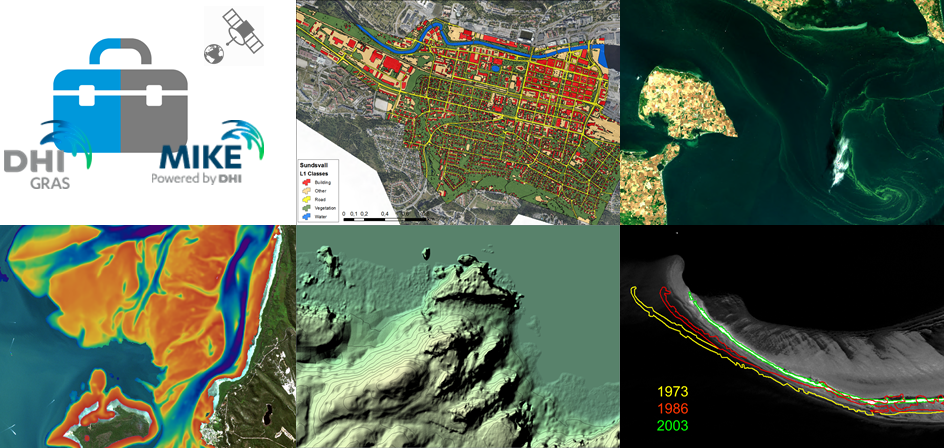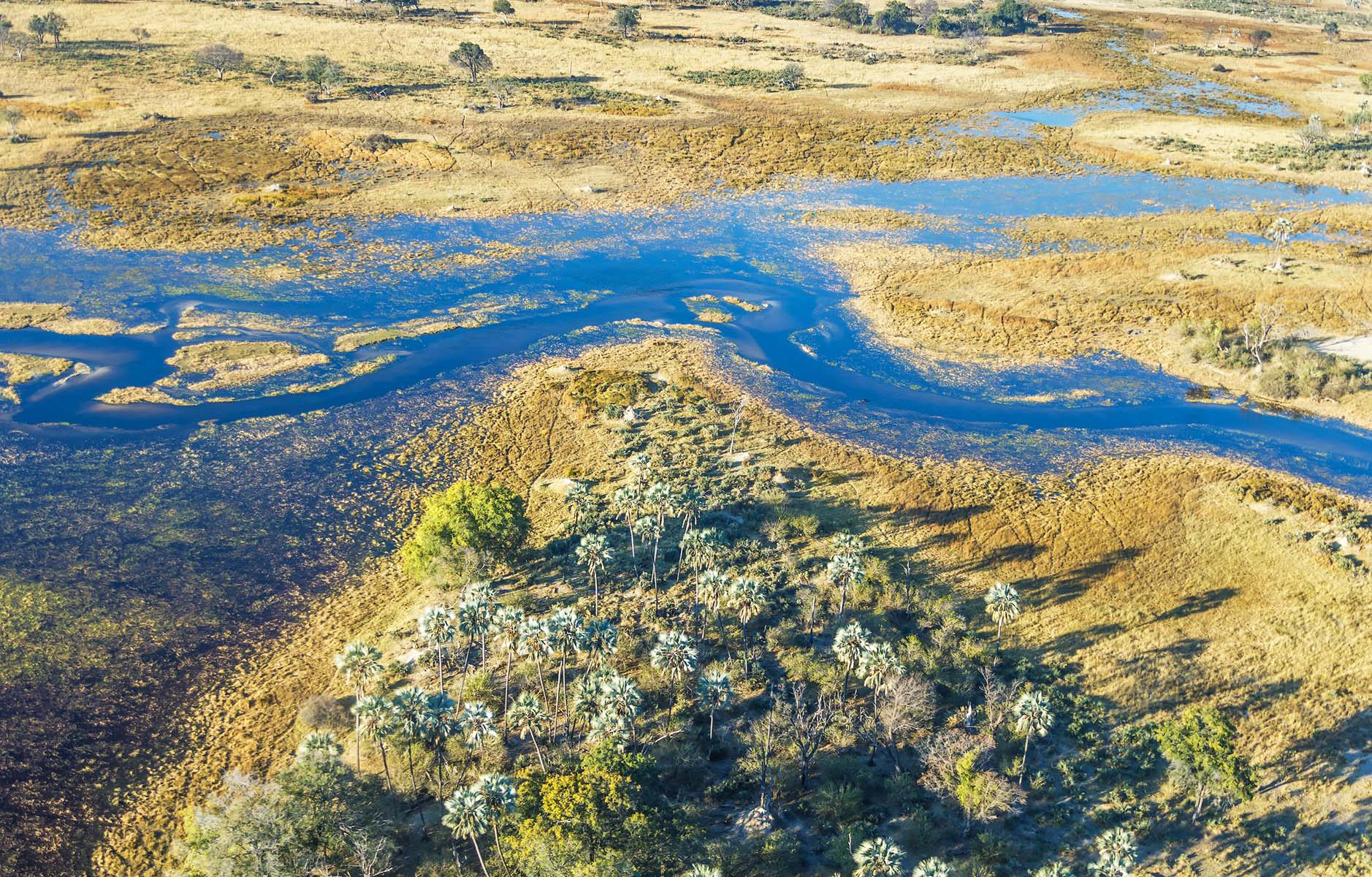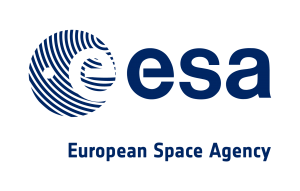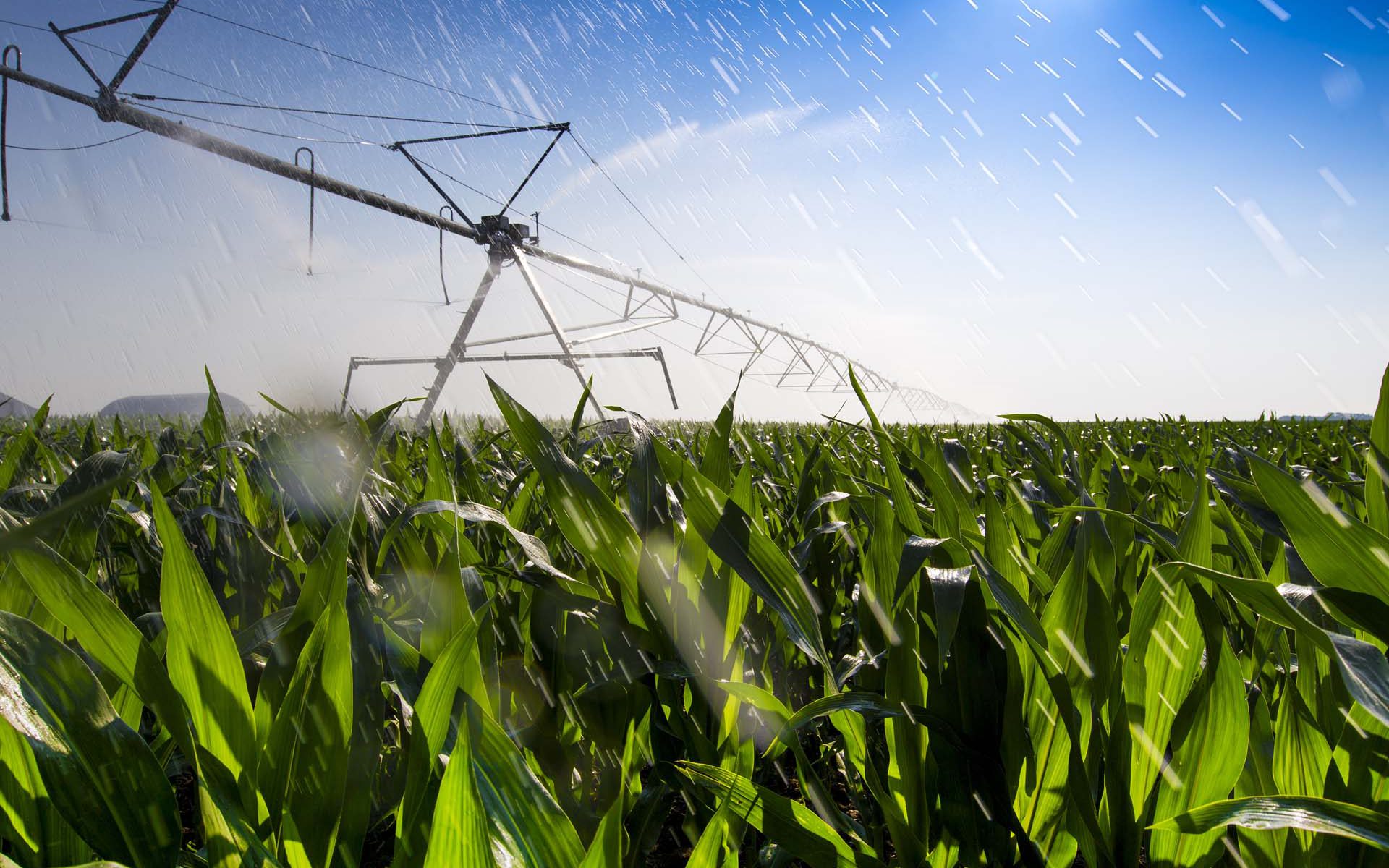Accurate bathymetry improves your modelling results:
07 November 2018
Last week Rasmus Borgstrøm presented the topic of how new opportunities with satellite data can improve the usage of MIKE models.
During discussions and presentations throughout the annual MIKE User Group Meeting in Denmark, it became apparent that the hydrological model community has a need for more and better data. Satellites certainly provide an effective mean to fulfill that need and it was therefore demonstrated how new Satellite-Derived Bathymetry data significantly improves modelling results.
Contact us at gras@dhigroup.com if you want to know more about how satellite data can enrich your MIKE models.

EOatDHI part of the DHI GROUP
gras@dhigroup.com
+45 4516 9100
Agern Alle 5,
2970 Hørsholm,
Denmark
CVR: 36466871










